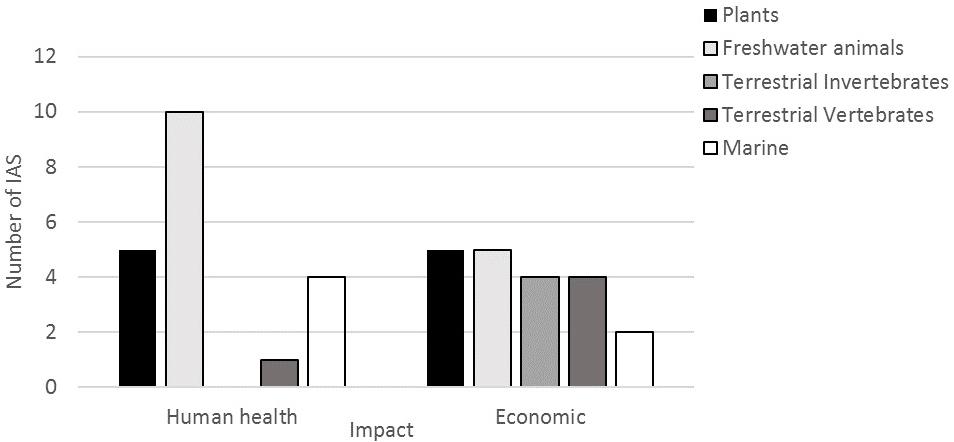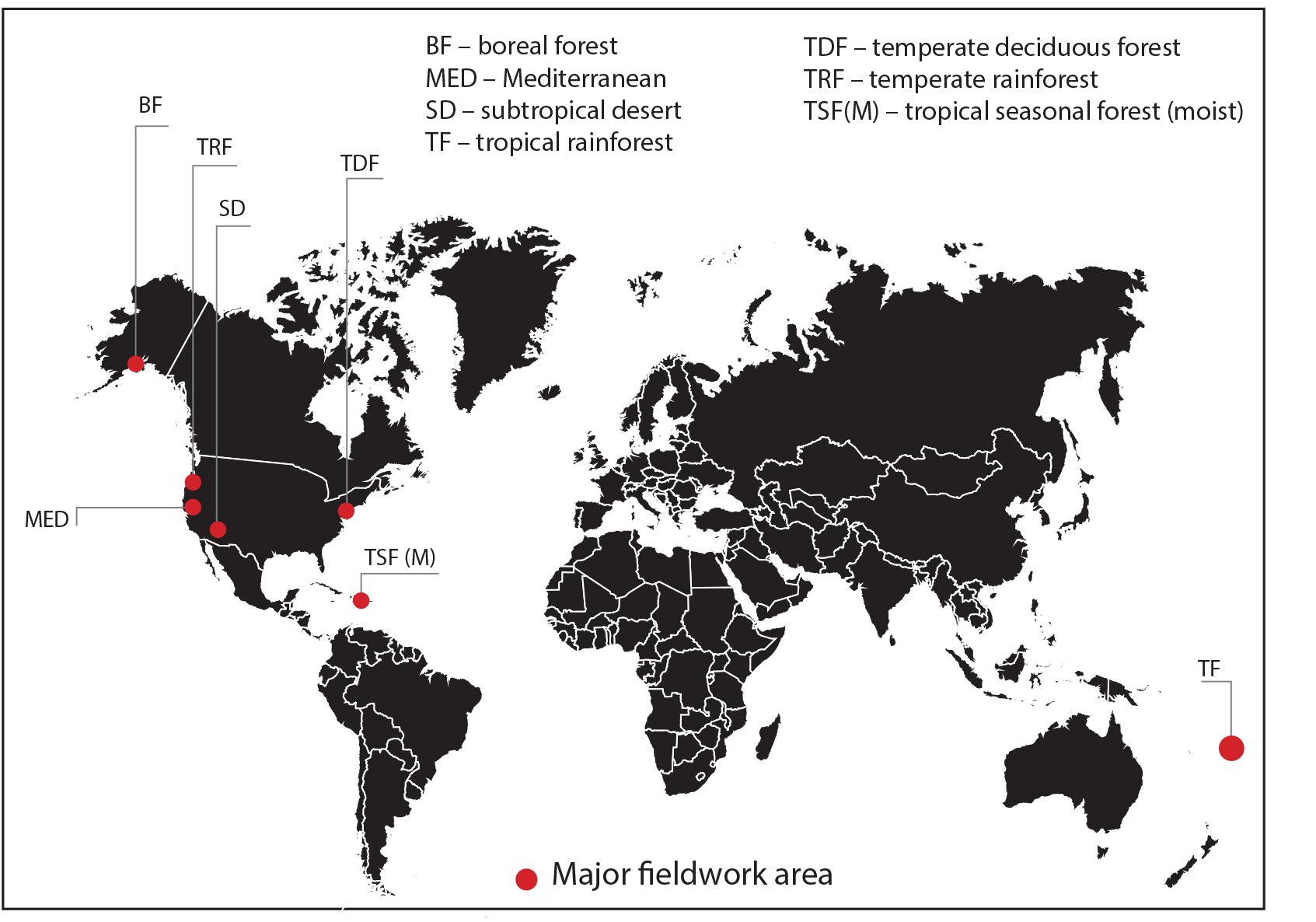
Relationships in a rock outcrop community in southern

Prepared for the NamibianĬollins, S.L., Mitchell, G.S., and Klahr, S.C., 1989.

The effect of bush encroachment on groundwater resources Major problem-bush species and densities in Namibia.Ĭhristian, C., van der Merwe, B., Bockmuehl, F., Mostert, A., and Klerk, The effects of trees on their physical,Ĭhemical and biological environments in a semi-arid savanna in Acacia woodland ecology and elephants in Northernīelsky, A.J., Amundson, R.G., Duxbury, J.M., Riha, S.J., Ali, A.R., and The Benjamin/Cummings Publishing Company, Inc,īarnes, M.E., 1999. Terrestrial plant ecology.īarbour, M.G., Burk, J.H., and Pitts, W.D., 1987. Woody plant encroachment: causes andĬonsequences. AfricanĪrcher, S.R., Andersen, E.M., Predick, K.I., Schwinning, S., Steidl, R.J.,Īnd Woods, S.R., 2017. Mechanisms of bush encroachment in southern Ethiopia. Information from this study should be used as a baseline for conservation and restoration attempts towards savanna rangelands. Bush encroachment was recorded at 440 mm mainly due to the poor rangeland management. Nanophanerophyte from different encroacher species were recorded mainly from 400 mm to 500 mm mean annual rainfall, mesophanerophyte recorded from 280 mm to 450 mm, while microphanerophyte were widely distributed over the rainfall gradient. Ross were the main encroacher species, and mean annual rainfall was the main environmental factor influencing their distribution. Ex DC., Grewia spp., Bauhinia petersiana Bolle ssp.

dentines (Burch.) Brenan, Combretum collinum Fresen., Terminalia sericea Burch. Results disclosed that Acacia erioloba E.Mey., Acacia mellifera (Vahl) Benth. Therefore, this study was undertaken to determine the main encroacher species and their relationship to the environmental factors along an aridity gradient on Kalahari sands in central Namibia. Studies focusing on particular bush encroacher species enable the devise of ecologically sound management strategies by land manager, farmers and scientists for the prevention and control of bush encroachment. Namibian livestock ranchers forego an estimated N$ 700 million loss yearly linked to bush encroachment. Furthermore, bush encroachment has a negative impact on the country’s progress in terms of conservation efforts, economic stability and livelihood. Bush encroachment leads to many ecological implications such as extirpation or extinction of plant species and a colonisation by opportunistic species leading to unwanted changes in plant species composition, structure and loss of species diversity. Poor rangeland management, especially overstocking and under-burning coupled with climate change on southern African savannas, have brought about a serious ecological problem of bush encroachment.


 0 kommentar(er)
0 kommentar(er)
